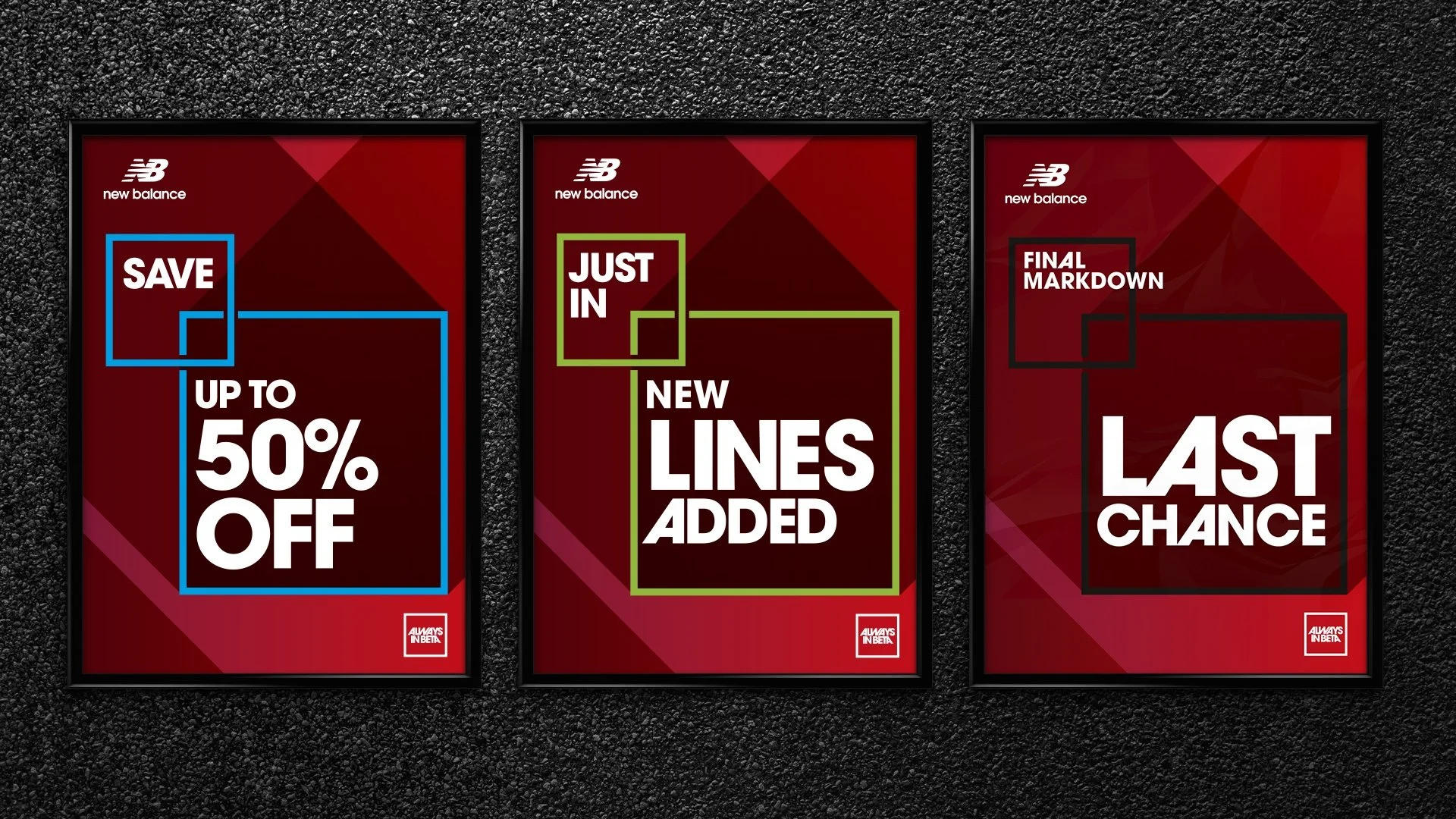Immediacy bias (Hyperbolic discounting)
We’d rather have a smaller reward now, than a bigger one later
What is Immediacy?
Immediacy is the theory that people would rather get a small reward right away than wait for a bigger reward.
It plays on our impatience, and how the value of a reward drops the further away it seems. For example most people would opt to get £50 now, than £100 a year from now.
The evidence it works
George Ainslie conducted a study to prove the effectiveness of immediacy.
His research showed the majority of his subjects said they’d prefer $50 immediately rather than $100 in six months.
But, interestingly, wouldn’t prefer $50 in three months rather than $100 in nine months. Even though this was essentially the same choice – just moved forward three months..
More significantly, the same subjects as above said they wouldn’t prefer $50 in twelve months to $100 in 18 months – the same choice moved forward a year.*
We tend to place greater value placed on immediate rewards, even if that means ending up with less.
How it builds brand memorability
One of the key drivers of brand memorability is ‘Ease’.
If you make your brand easy to access, deal with and buy from, you’re going to build strong, positive connections that lead to memorability.
At the point of purchase, or during the journey to purchase, customer’s decision-making can be made easier by leveraging behavioural biases. And METRIC is our tool for harnessing the power of these biases - snap judgements that help the brain make quick decisions in context - for clients.
METRIC organises the biases into six categories - because these are the key ‘resources’ we always have to spend when make decisions. They are Money, Effort, Time, Risk, Individuality, and Conscious thought. Which handily spells METRIC.
So presenting choices in one of these six frames can tip the balance in comms.
How we've used it with clients
New Balance
New Balance challenged us to adapt its pan-European brand campaign into a retail concept that would drive sales.
To make it genuinely behaviour changing we leveraged people’s tendency to increasingly choose a smaller-sooner reward over a larger-later reward – a behaviour known as the immediacy bias.
The ‘Want it. Get it.’ sale concept is a metaphor for shoppers and athletes alike.
A creative solution that combines familiar retail ‘sale’ cues with language that drives action and a striking visual style that aligns with a big brand idea – all with spectacular results….
Store traffic increased by 280% and the number of units sold increased by 300%, compared with the previous sale period.
Great examples of Immediacy bias in marketing
CLICK AND COLLECT
Again plenty of brands offer this. It’s a great way to draw in your audience with an immediate reward – even if it takes more effort in the long run.
People would much rather drive to collect their item in minutes than wait three days for it to be delivered.\
FINANCE PLANS
Lots of companies offer expensive products on finance, from cars, to TVs, to sofas. It’s hugely popular, even if it sometimes comes with a hefty price tag.
It plays hugely on immediacy. People would rather have the car now and end up paying more in the long run, than save up for 12 months and spend less.




